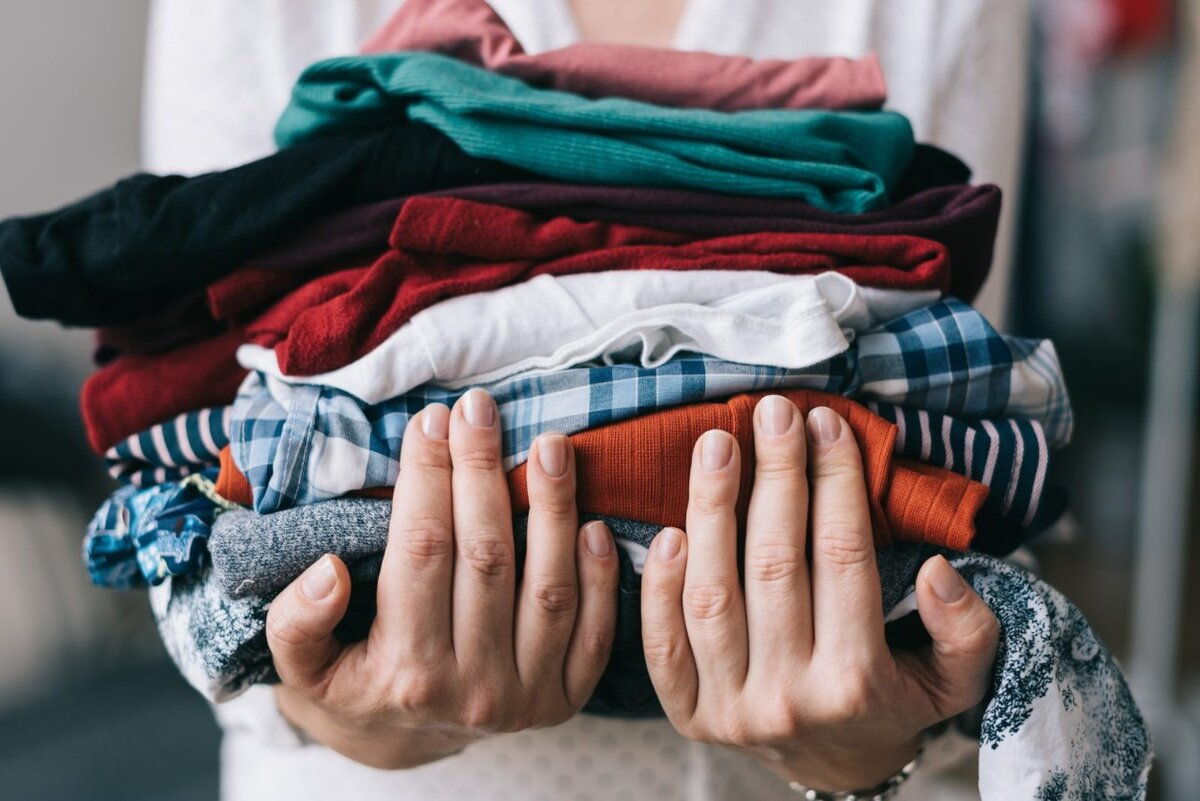As a fashion devotee and expert on fabrics, I am often asked how to properly care for clothes to maximize their longevity. With so many fabrics and care labels overwhelming even veterans, I have written the ultimate guide to unraveling the perplexities of clothing care. Follow these research-backed tips that I have accumulated over years working with designers and caring for luxury apparel.
Understanding Essential Fabric Characteristics
The foremost indicator guiding appropriate care is fabric composition and characteristics. Natural fibers like cotton, linen, silk, and cashmere have distinct properties that require specific handling to avoid irreversible damage from shrinking or pilling. Synthetics and blends also have unique caveats. Memorize or catalog details like fiber type, thread count, density, dye method, and weave patterns, then reference care guides from the Fabricare Association. These properties dictate ideal cleaning methods and drying procedures. Become an expert on your own pieces.
Optimizing Washing Conditions
Water temperature in particular can make or break certain fabrics. While hot water (120-140°F) lifts oil-based stains, it can badly yellow or shrink natural fibers without strict precision. Cold washes conversely hinder dirt removal. Each fabric has an ideal temp “sweet spot.” Wool merits cool water with gentle cycles while activewear synthetics can endure more aggressive high-heat washing. Investing in a high-end washer lets you customize cycles. Or hand wash investment pieces for maximum control over variables.
Trying Specialty Cleaning Solutions
General detergents often incorporate additives too harsh for delicates, inevitably accelerating wear. Seek out ultra-gentle, dermatologically-vetted formulas without dyes, bleaches or enzymes that erode fabrics over repeat laundering. Alternatively, try specialty solvents like hydrogen peroxide, vinegar or lemon juice to spot treat stains pre-wash. I avoid detergents entirely for heirloom textiles, using museum-approved chemicals that lift soil without stripping essential oils that preserve the structural integrity of vintage threads.
Leveraging Advanced Drying Techniques
Just as vital as washing method is tailored drying strategy to prevent irreparable heat damage. I invested in a high-end steam closet that allows me to customize temperature and duration to a fabric’s resilience. Failing that, an indoor drying rack lets you air dry garments evenly sans sunlight fading. Always lay flat delicates like fine knits and embroidered silk; commercial dryers, even on low, can crack leather, melt beads or warp seaming. Doing a few test runs on scrap fabrics helps determine what drying strategies work best.
With some research into textile science and investing in the right equipment, even novices can evolve into laundry experts able to handle the most luxurious garments. Let me know if you have any other clothing care perplexities I can unravel!
